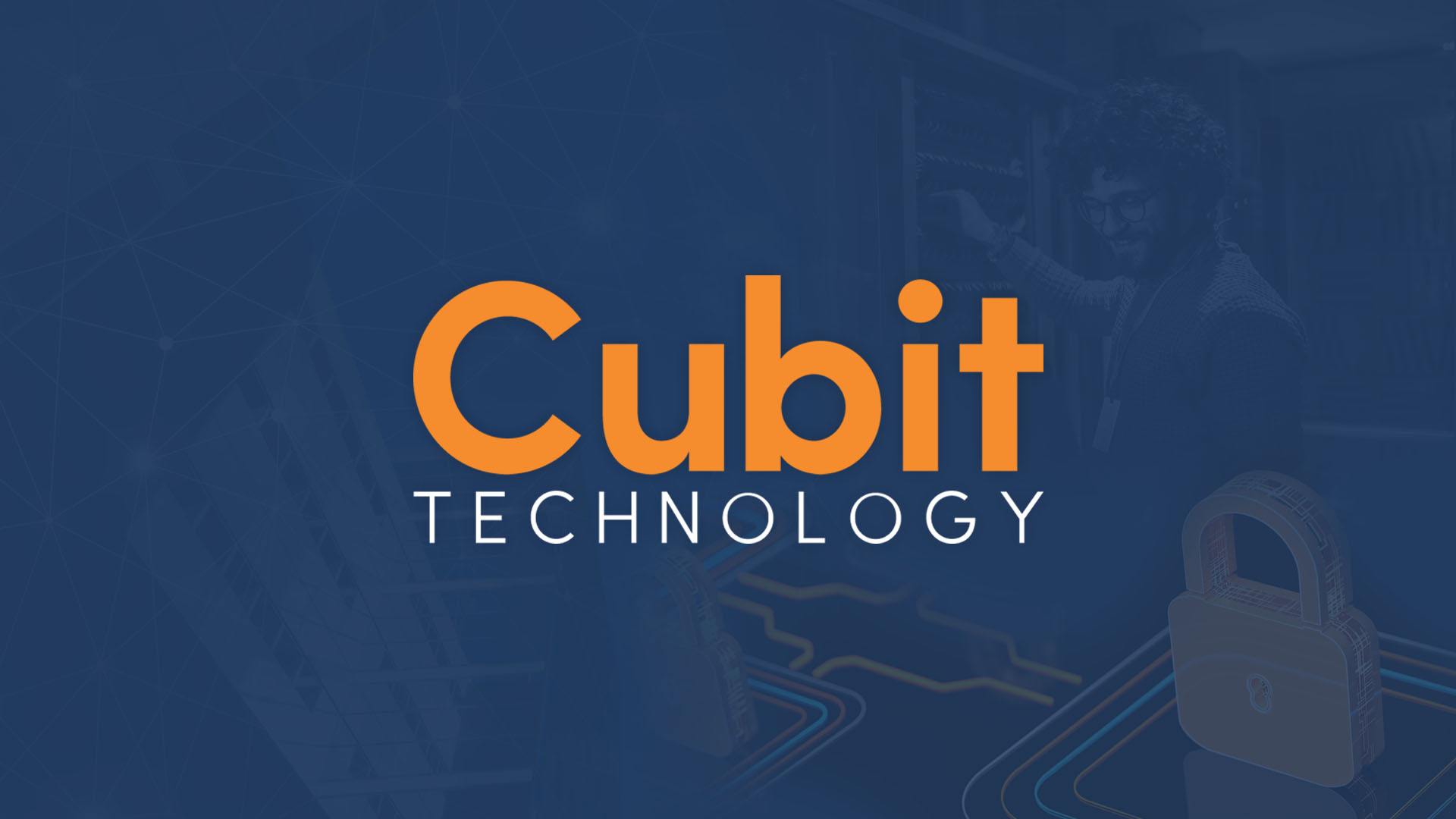Single Sign On
Access to everything with just one login
Single Sign On Explained
Single sign-on, or SSO, is an authentication process that allows a user to access multiple websites or applications with one set of login credentials. Not only can this bolster your business’s security, it also makes end the user’s life easier, removing the need to remember multiple passwords for all of their business applications. Think of it as having one key to open sevel locks, but with additional checks and balances factored in.
Central solution
Single sign-on is a central solution which orchestrates the sign-on by linking multiple trusted cloud and on premises applications to securely manage and connect users.
When you first try to login to an app or website, it first checks to see whether you’ve already been authenticated. If you haven’t, it will ask you to login. The SSO solution then requests authentication from the identity provider, such as Active Directory. Once your identity has been verified, SSO passes this authentication data back to the site you’re using, which will grant you access.
Centralised access control
The benefits of single sign-on go far beyond usability however: by connecting user profiles to Active Directory, IT administrators can control which systems users have access to at an individual level or based on pre-defined group / persona levels.
This can provide an audit trail of access points to your documents and systems and means you can quickly shut down any user’s access in the event of compromise or their departure.
Frequently Asked Questions
What is single sign-on?
Single sign-on (SSO) is an authentication process that allows users to log in to multiple applications or systems with a single set of credentials, improving efficiency and reducing the need for multiple passwords.
How does single sign-on work?
SSO works by verifying a user’s identity with a central authentication system, allowing them to access connected applications without needing to log in to each one individually.
What are the advantages of single sign-on?
The key advantages of SSO include improved security, simplified login processes, and reduced password fatigue for users.
How do I implement single sign-on?
Implementing SSO typically requires integrating your organisation’s authentication system with a centralised SSO provider and configuring connected applications to use that system for login.
Is single sign-on safe?
Yes, single sign-on is generally safe, as it centralises authentication and can incorporate strong security measures, such as MFA, to protect user credentials.
Want to know more about our Single Sign-On service?
If you’re looking for an IT Support company in London, Cubit Technology may be the right fit for your business.
Call us at 020 3535 0680 or send us a message to find out how we can help.
